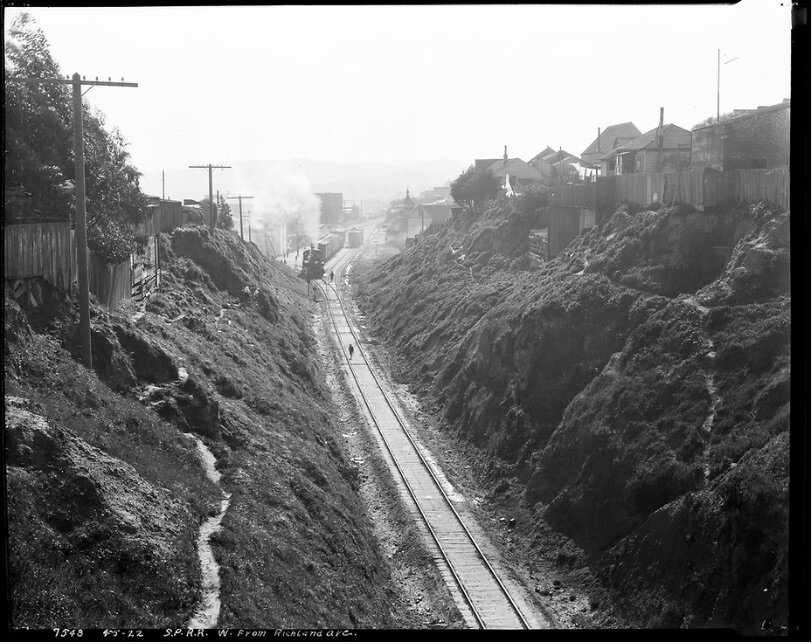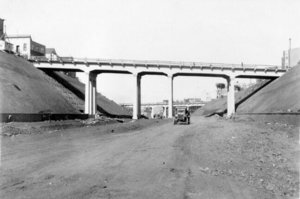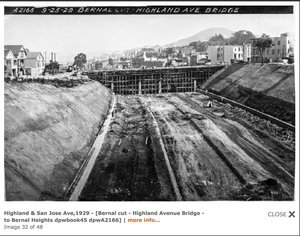CARBON SEQUESTRATION: FIGHTING CLIMATE CHANGE ONE TREE AT A TIME
The first automobile came to San Francisco in 1896. By 1930, when the Bernal Cut was completed, there were over 160,000 private cars registered in the city, and now in California there are more than 2 million cars, most producing carbon dioxide - the most common greenhouse gas.
Trees and plants absorb carbon dioxide from the air and store it in their biomass and the soil around them. This process is called “carbon sequestration”. By planting trees on the Bernal Cut we combat the impact of the thousands of automobiles that enter San Francisco every day on San Jose Avenue.
Trees and plants also create oxygen, so, in addition to removing carbon from the air, one large tree can supply a day’s worth of oxygen for four people. Urban forest areas like the Bernal Cut help fight global climate change by reducing carbon dioxide in the atmosphere one tree at a time.
The Bernal Cut Project plants native trees like the California Buckeye, the Coast Live Oak and the Pacific Madrone. Their canopies catch the fog and rain in the air and transfer it to the ground where their deep root bases help strengthen and nurture the steep hillsides of the Bernal Cut.




